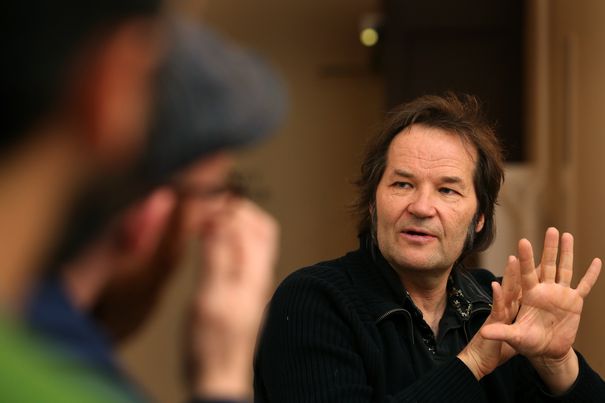Peter Zeitlinger: Dancing with the Camera
by Michael Guarneri

Cinematographer Peter Zeitlinger has been working with Werner Herzog since the 1995 TV documentary GESUALDO: DEATH FOR FIVE VOICES (Germany). "There actually is a clause in Werner's contract saying that whoever wants him as a director has to hire me as well," Zeitlinger stated during an informal chat we had in the lobby of his hotel, a couple of days before his “Measuring the Space” masterclass for the Berlinale Talents programme.
When asked to describe his work to someone who is not "in the business," Zeitlinger simply said that, as a cinematographer, he helps film directors to turn the stories and ideas in their minds into something that can be seen on screen by other people. As an illustrative example, he picked his working partnership with Herzog: "Werner thinks in terms of emotions rather than images, so what he does is setting the mood of the film, telling every single actor and crew member what moves him about the story to be filmed. Then, he brings together human beings, animals and things into a space of his choice, trying to provoke randomness. For instance, when we are shooting, Werner never tells me 'do a close-up, do a long shot', and so on. He just gives me the freedom to navigate through the scenery he created and capture what I think is important."
Herzog trusts his cinematographer's instinct so much that he leaves to Zeitlinger 90% of the decisions concerning framing and camera movement: "Werner intervenes only when he gets the feeling that I am doing something too 'artistic'. If he sees too much sophistication in the shot he destroys it a little bit, because he finds aesthetics so boring."
Surprisingly enough, the discussion about filmmaking ended with insights relating cinema to a completely different form of expression. "The camera is my dance partner: as I move around the set I hold it in my arms, taking little steps left and right, forward and backward, while the actors perform their own choreography at the same time. My hope is that through all this movement, the audience ends up being moved too."

